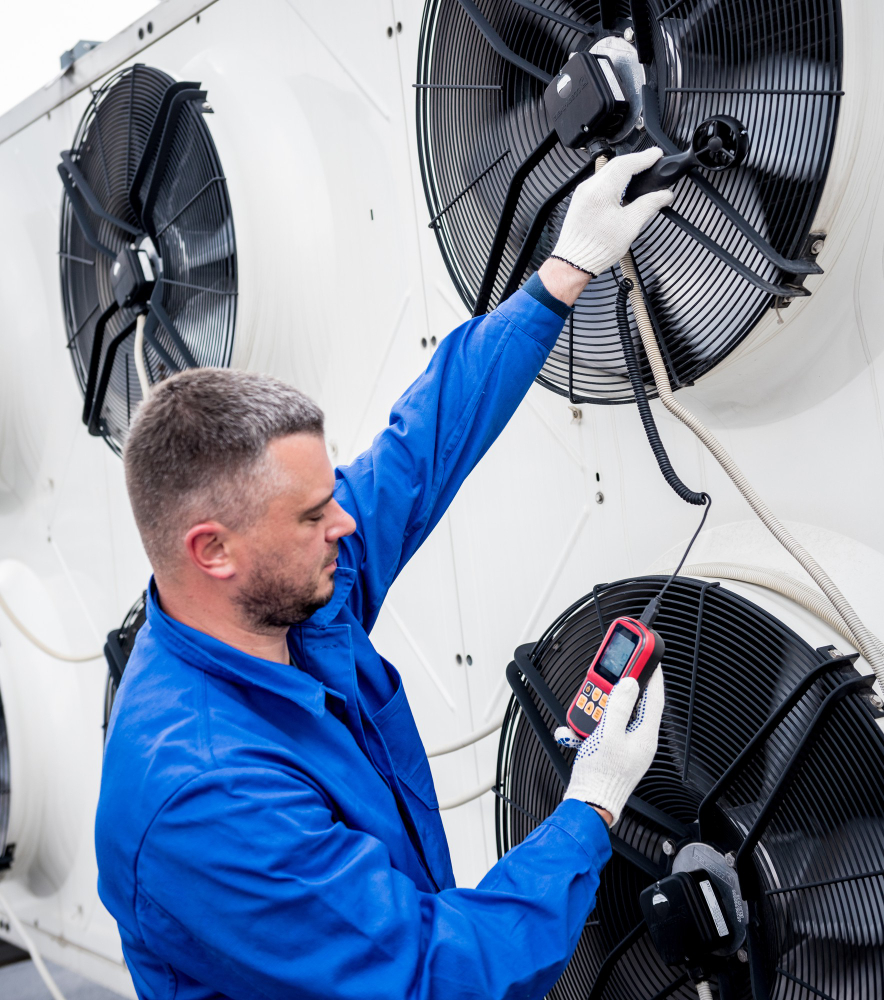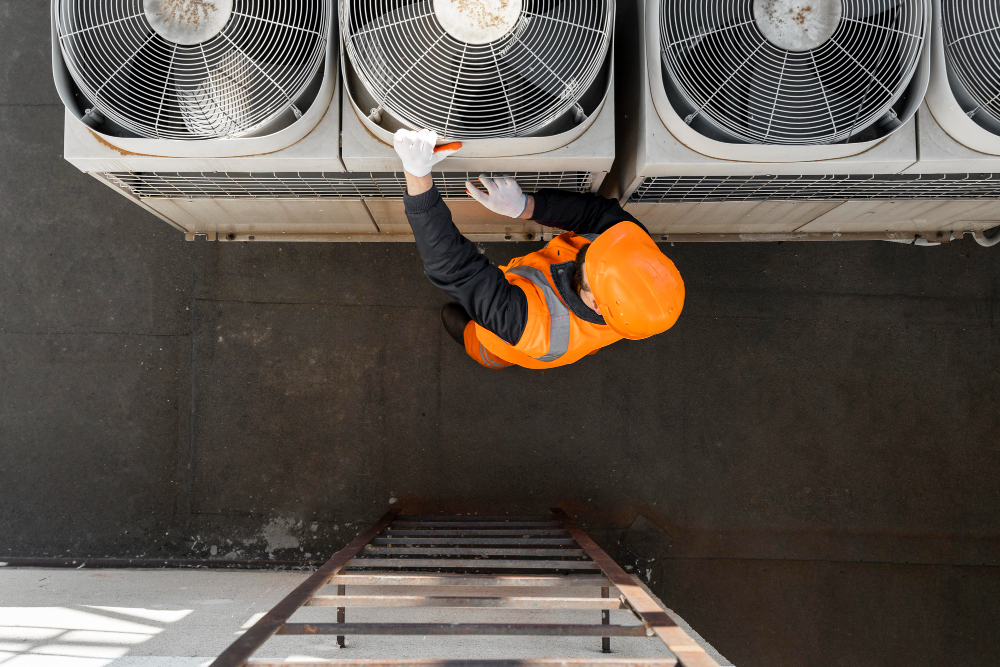Last updated on
As the temperature begins to rise and fall, keeping your employees and customers comfortable is crucial for maintaining productivity and satisfaction. And with technology constantly evolving, installing a new heating and cooling system may seem like a daunting task.
But fear not, as we have compiled essential tips for smart business HVAC replacements that will help you breathe easy while improving the efficiency and functionality of your building’s climate control.
Put aside the stress of shopping around for the perfect system, because with these expert recommendations, you’ll be on your way to finding the right solution for your commercial space in no time!
Hire a Professional

You want to have a properly functioning HVAC system to keep your employees and customers comfortable. While it can be tempting to cut corners and try to do the installation or maintenance yourself, it’s always best to hire a professional.
Reliable commercial HVAC services have the experience and expertise needed to ensure your system is installed correctly and functioning at its best. HVAC contractors must have a valid license, so be sure to check that your chosen professional is properly accredited in the area.
Consider Energy Efficiency
In today’s world, energy efficiency is not just a buzzword but a critical factor to consider when replacing your business’s HVAC system. Opting for an energy-efficient model can significantly reduce your utility costs and minimize your company’s carbon footprint.
In fact, commercial buildings that prioritize energy efficiency can reduce their energy use considerably. When shopping for a new system, look for ENERGY STAR-certified models that meet the Environmental Protection Agency’s strict energy efficiency guidelines.
These systems may come at a higher initial cost but the long-term savings and benefits to the environment make them well worth the investment.
Size Matters

The size of your system needs to be appropriate for the commercial space you’re trying to cool or heat. An HVAC system that is too small will have to work harder to maintain the desired temperature, leading to increased energy consumption and wear on the unit.
On the other hand, an oversized system will cycle on and off frequently, causing unnecessary strain and potentially increasing your energy bills.
A professional HVAC contractor can conduct a load calculation to determine the right size for your building. They take into account factors such as the square footage of your space, number of occupants, and climate to determine the appropriate size for your HVAC system.
Check for Rebates and Tax Credits
Before committing to a specific HVAC system, be sure to research any available rebates or tax credits that could potentially save you money. Many states offer incentives for installing energy-efficient systems, and these can significantly offset the initial cost of the unit.
Some utility companies may also provide rebates or discounts for upgrading to a more efficient system. Federal, state, and local governments offer tax credits for businesses that make the switch to energy-efficient systems. Once you take advantage of these opportunities, you can save on energy costs while reducing your carbon footprint.
Regular Maintenance
Regular maintenance ensures your HVAC system operates at peak efficiency and longevity. Schedule routine check-ups with a professional technician who can assess your home’s air quality, identify and address potential issues before they escalate into costly repairs or system failures.
These check-ups typically include cleaning or replacing filters, inspecting and cleaning coils, and checking system controls to ensure proper and efficient operation.
In addition, consider a service contract with a trusted HVAC company. These contracts often include regular maintenance, priority service, and discounts on parts and repairs. A well-maintained system can save money in the long run and prevent any unexpected downtime or disruptions to your business.
Upgrade to a Programmable Thermostat
If you’re looking for an easy way to lower your energy costs, consider upgrading to a programmable thermostat. With this device, you can set different temperature schedules to match your business hours so that the system isn’t running unnecessarily when no one is in the building.
Many modern programmable thermostats can be controlled remotely through a smartphone app, giving you even more control over your heating and cooling settings. With this technology, you can adjust the temperature to your liking from anywhere, ensuring optimal comfort for your employees and customers while saving energy during non-business hours.
Investing in the right HVAC system for your business is undoubtedly a significant decision, with long-term implications for both your bottom line and overall comfort within your premises. It’s about finding the right fit that is efficient, appropriately sized for your space, and kept in peak condition through regular maintenance.
With the aid of professional services and the utilization of modern technology like programmable thermostats, you can ensure a comfortable, energy-conscious environment that benefits your customers and contributes to a sustainable future.
The upfront cost may seem overwhelming but the dividends it pays in terms of reduced energy bills, potential rebates, and improved business operations make it a savvy investment.
Table of Contents




